Hemp clothing is an extremely durable and comfortable natural fiber clothing. Just recently, on December 20, 2018, hemp became a legal industrial crop in the US after a long and disjointed history of being scandalized. First, we’ll look at the stigma around hemp and then we’ll talk about just how cloud-like and cushy hemp clothing feels.
what is hemp fabric? what’s the difference between hemp and marijuana?
Hemp fiber is collected from a plant in the species cannabis sativa. Wait – isn’t that WEED?! No. Well, yea kind of. But no. Hemp is kind of like a cousin of weed. Hemp contains 0.3% or less THC (which is the psychoactive bit of weed). The cannabis you’re thinking of usually has between 5%-20% THC. That’s a huge difference. You can’t get high off of hemp, so don’t light your tee on fire. But anyway, for some reason, the US still made cultivating hemp illegal in 1937. Just (pretty) recently in 2014, President Obama signed a provision to remove hemp from the Controlled Substances Act allowing farmers to grow it for research only. And now, as of December 20, 2018, under the 2018 United States Farm Bill, hemp is again recognized as an agricultural commodity.
Meanwhile, as we were down here getting all of that sorted, Canada has been reaping the benefits of their hemp market which is nearing a whopping $1 billion a year. In 2013, Canadian farmers reported profiting $250 an acre for their hemp crops. To put that in perspective, American farmers profit around $71 an acre for soy – a crop that is widely considered a cash crop.
So, it looks like dope isn’t dope. Now, on to hemp clothing. And no it won’t make you smell like weed.
the properties of hemp clothing
Hemp is a lightweight fabric with a similar drape to linen. Hemp clothing is UV, mold, and mildew resistant, while being highly absorbent and breathable. It is an excellent fabric for outdoor gear. The tensile strength of hemp fiber is three times that of cotton, meaning hemp fabric has a long product lifespan. Since hemp clothing is naturally antimicrobial, you don’t need to wash it as often. This benefit further reduces wear on the product as well as water consumption during its lifespan. Hemp fabric dyes easily and retains the color well, which also means hemp clothing uses much less water during the dyeing process.
Hemp clothing does get softer with each wash, so you may want to throw it in for a spin even if you don’t need to. When you do wash hemp clothing, it is an easy, no hassle clean. It can withstand hot or cold water, and if the article is preshrunk, it can be tumble dried as well. For two brands really doing hemp clothing right, check out Jungmaven (hemp clothing for everyday wear) and Iron Roots (a company using hemp in athletic apparel).
the impact of hemp clothing on the environment
Hemp clothing is very low impact on the environment. As a crop, hemp requires no synthetic fertilizers, pesticides, or GMO seeds. This means there is no pesticide, insecticide, or synthetic fertilizer pollution of ground water, soil, or air, in areas where hemp is grown. Hemp is a fast growing crop that requires little water. It is a high yield crop that produces significantly more fiber per acre than crops like cotton. In fact, hemp plants produce 250% more fiber than cotton). Hemp enriches the soil it is grown in, making it an excellent rotating crop. Hemp can also be grown as a carbon negative crop.
looking to buy hemp clothing?
Check out our Natural Clothing Directory for the best places to find hemp clothing. The Hemp Tailor shop is currently at the top of our list with a new drop of innovative yet classic styles that will keep you comfy for years to come.
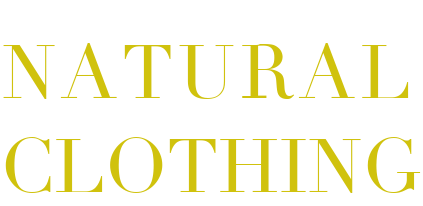

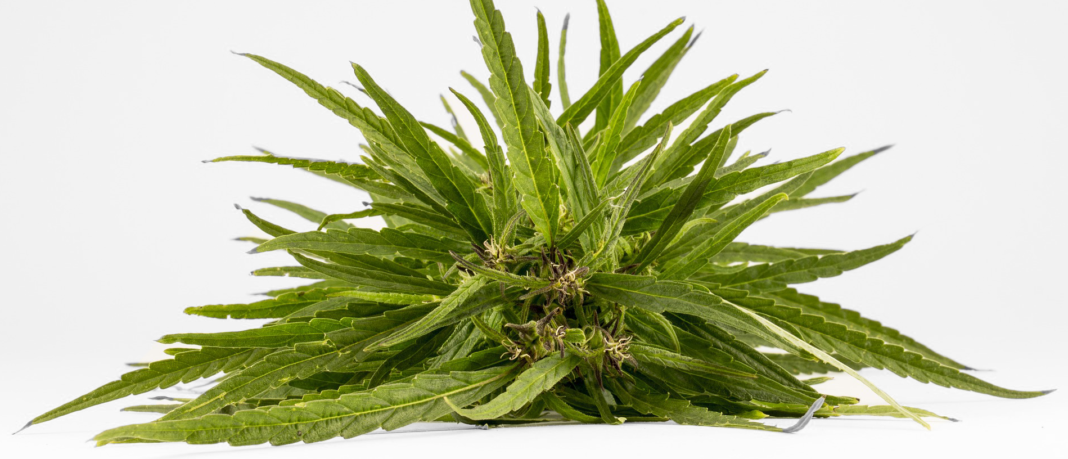


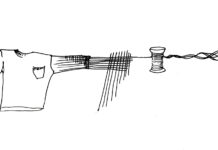


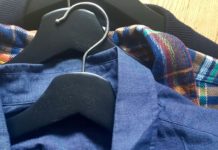
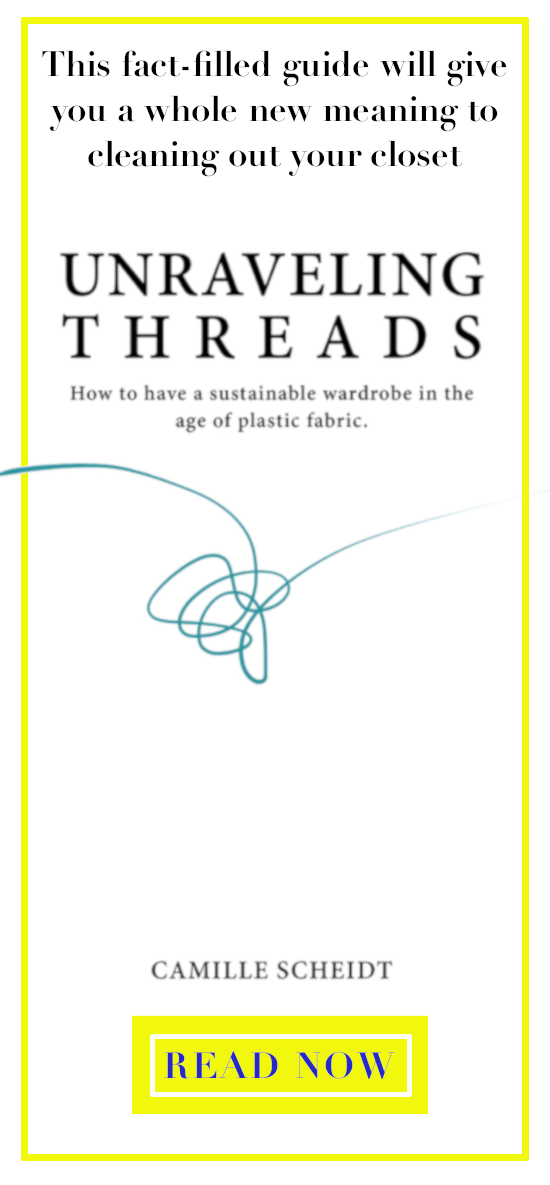




thanks for providing useful information on hemp clothing